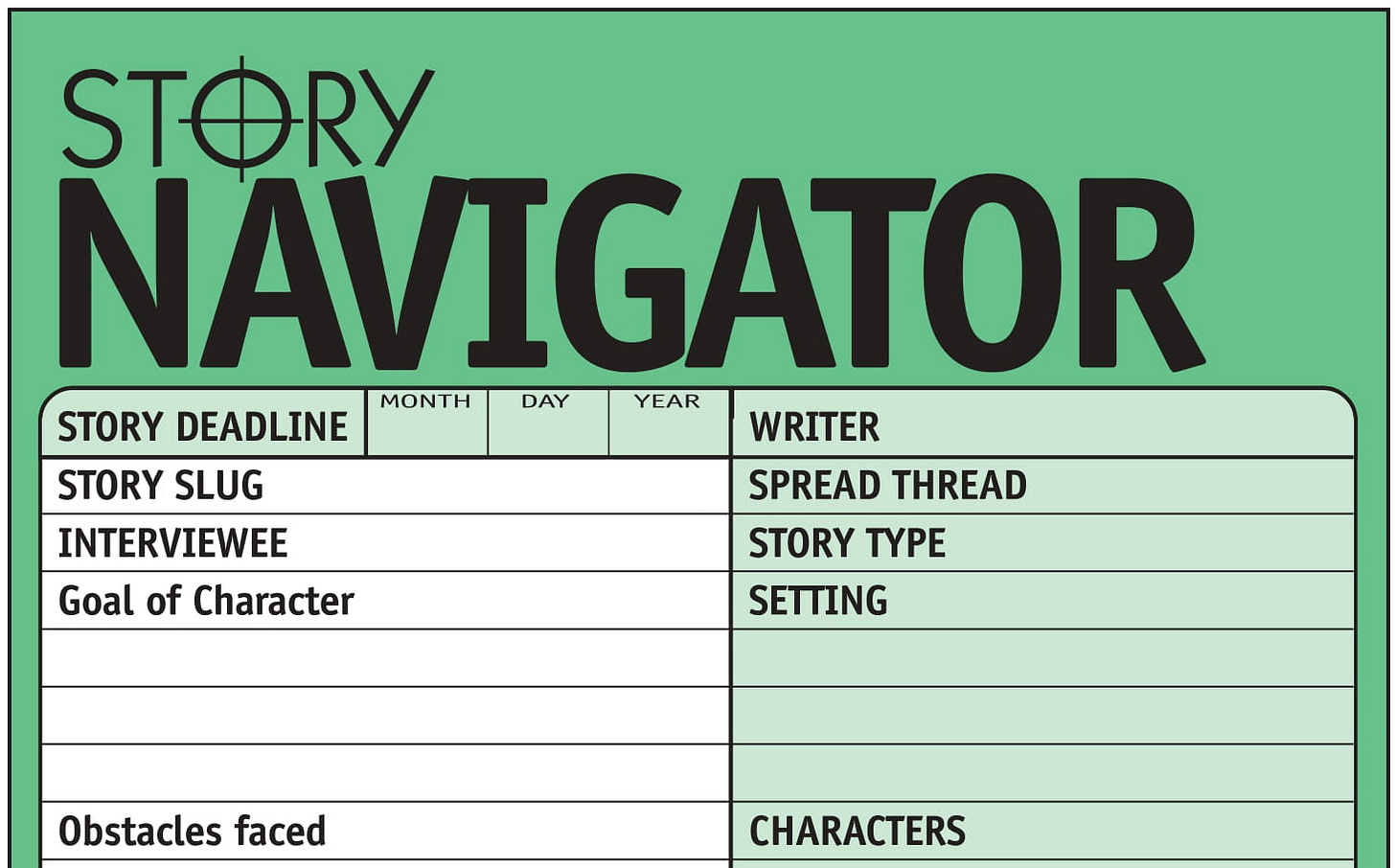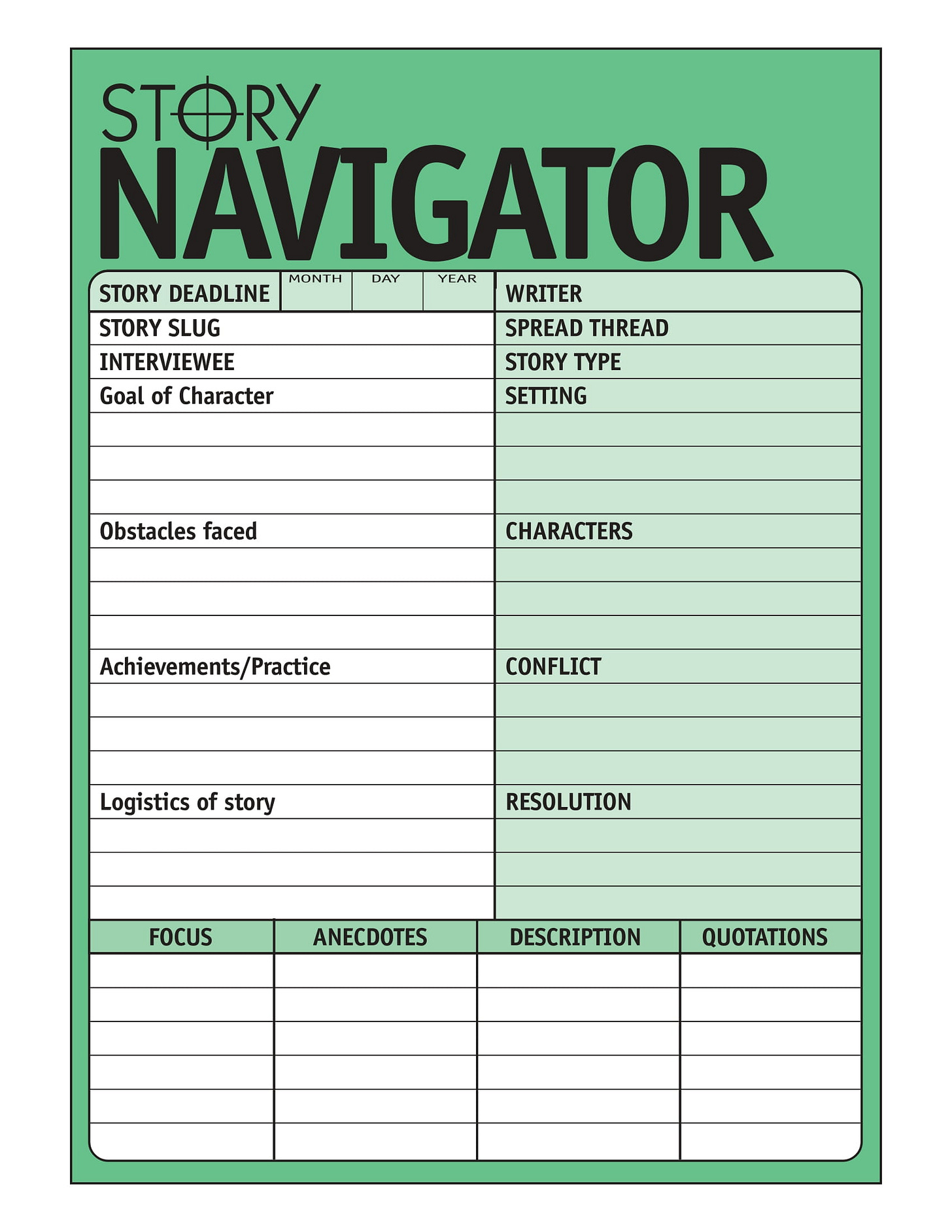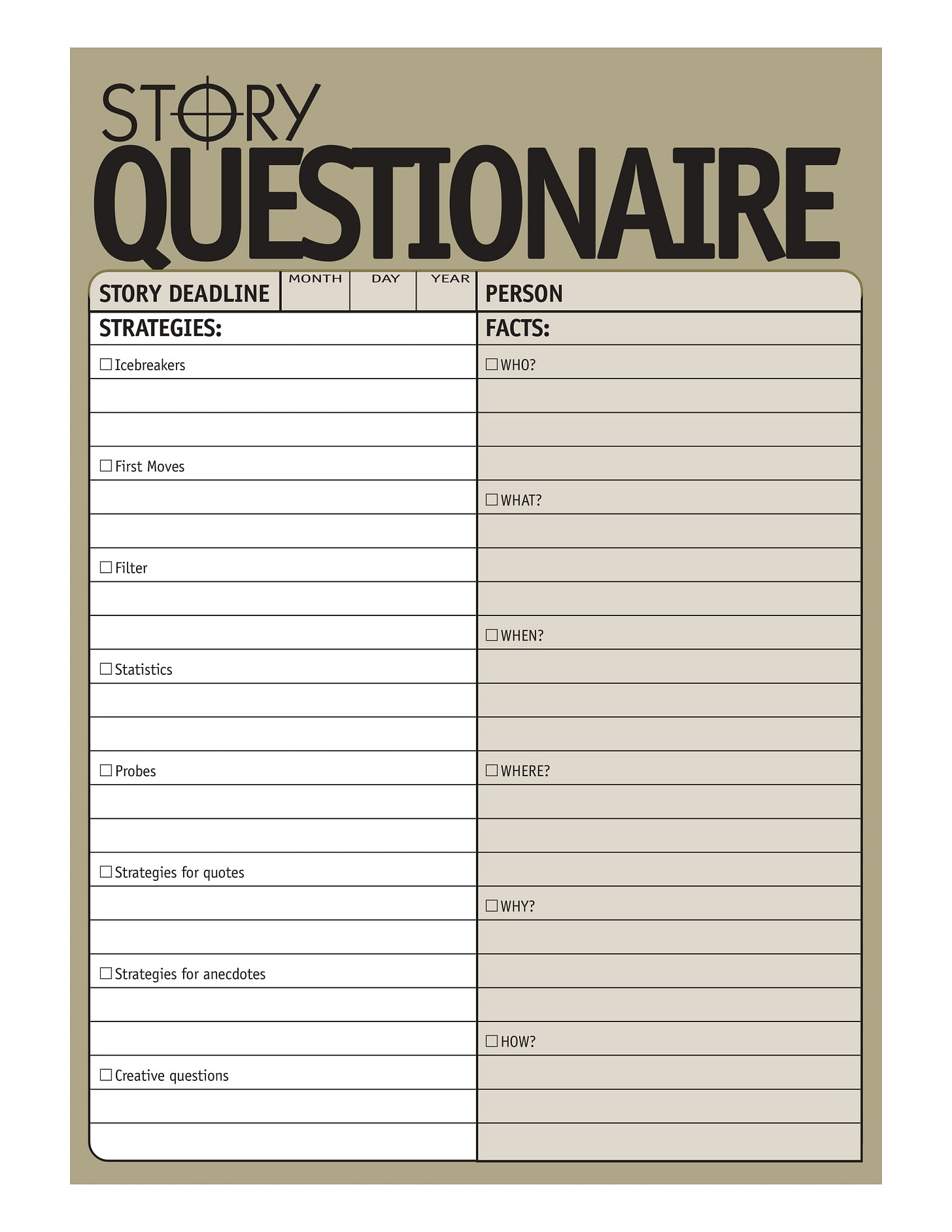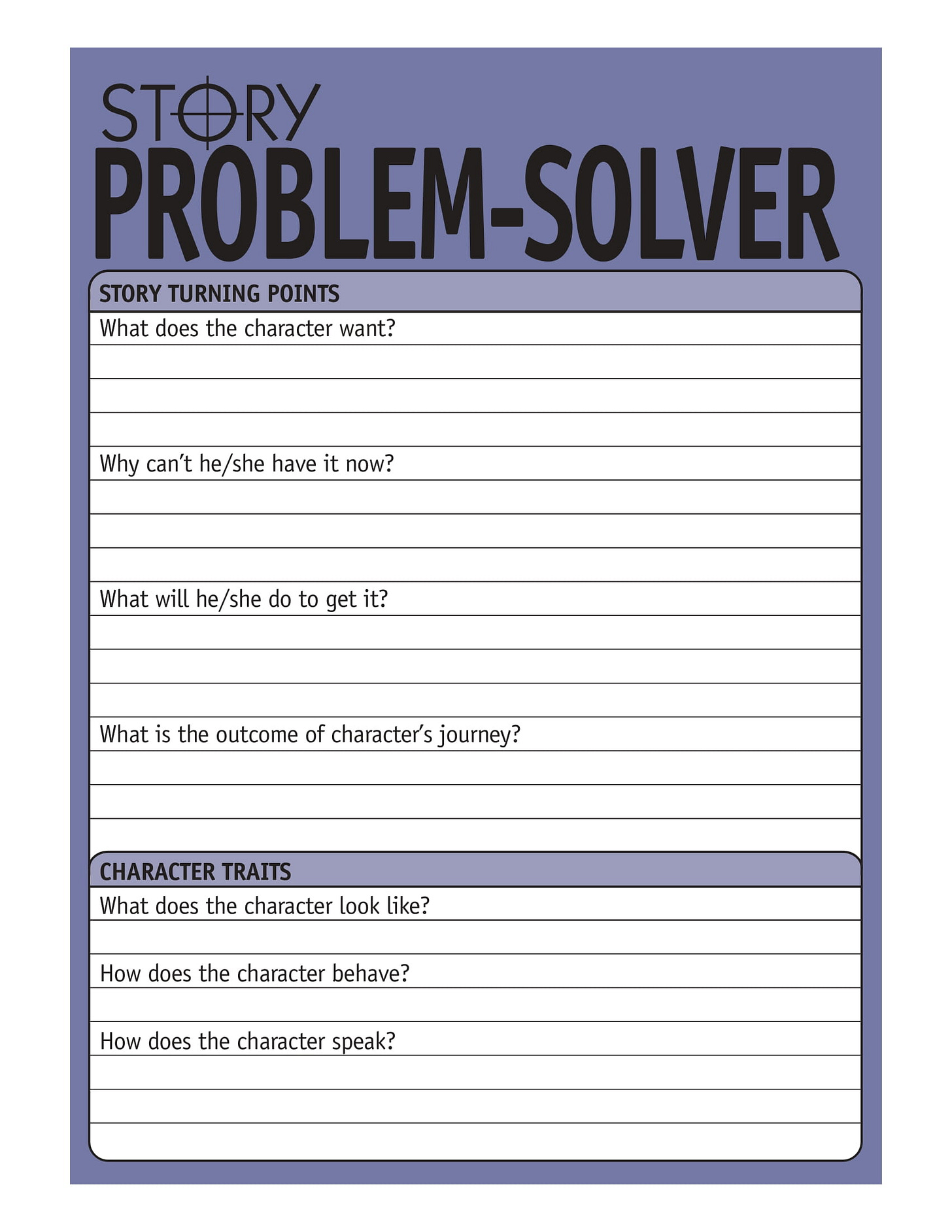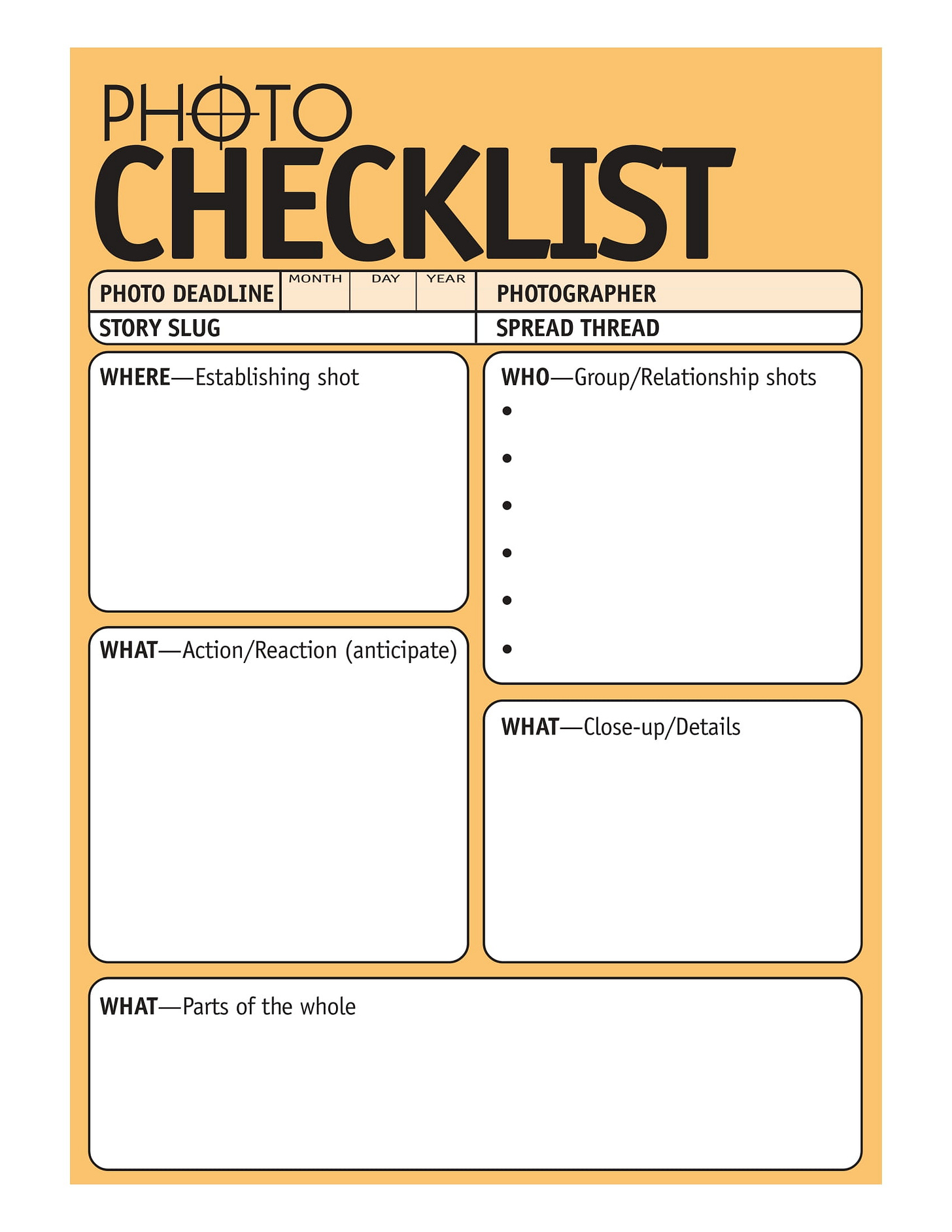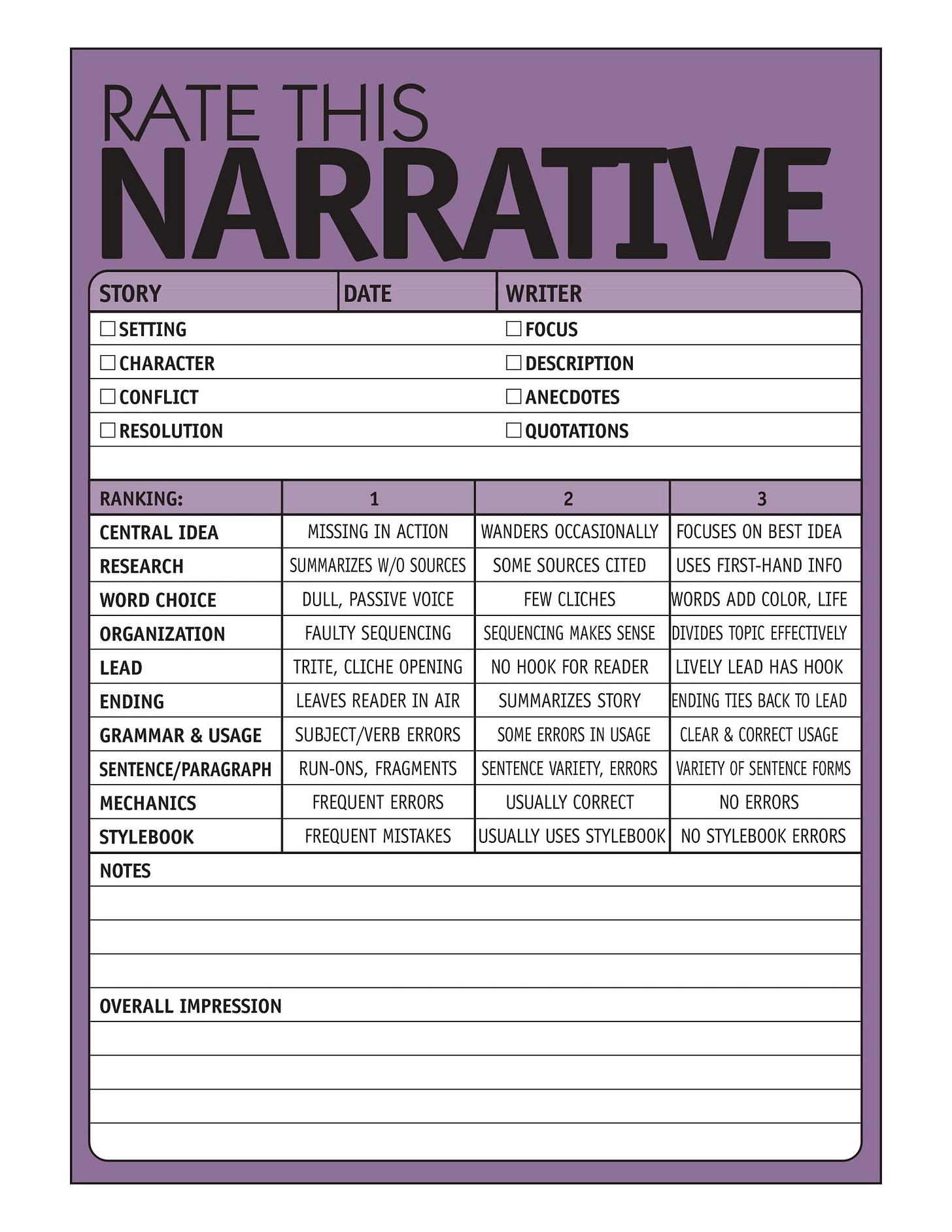Create stories people will read: 5 forms to get you up to speed on your next story
These five free checklist forms will help you write, edit, and illustrate stories from beginning to end. Don't get bogged down at the beginning, and have some fun with your next story.
Don’t know where to start when creating a story? Get stuck trying to figure out how to get started? Unsure about narrative storytelling strategies (whether for words, photos, videos, presentations, or all of the above)? Need to share stories in a community journalism setting?
If you are a beginning writer, this is for you. If you are an experienced writer looking for some new ideas about how to approach storytelling, this is for you. If you are a high school or college journalism teacher, this is for you. If you are a high school or college journalist, this is for you.
Start with a plan. Have the strategies in hand. Write test drafts until you discover the one that takes off. These five forms I wrote and designed will help you do that.
Everything we know about writing for readers is distilled into these five pages. But even my alma mater, the University of Oregon School of Journalism, dropped its newspaper journalism program decades ago.
We used to have town criers who sold broadsheets for a penny apiee, then community newspapers, which reported the local news. Most of those sources are no longer available, but we need them for our communities to thrive. It’s time to change that.
You may have phones or devices on which you could share local news in your area. Substack may be one of the sources for your area’s news, and you may be the person to start reporting the facts. You might also consider creating your own domain and web server for emailing the news or posting it to your local news website.
I’ll write more about this later, but there’s an adage that goes “All good opinion is based on facts.” A fact is concrete and verifiable, the Who-What-When-Where-Why-How of the journalist, and the choices we make in local elections for those who represent us should be reported on and robustly debated by we the people.
If you live in Oregon, every election a Voter’s Pamphlet is sent to every registered voter’s house that shows the exact language of proposals to become law in the state, region, county and local areas, as well as candidate statements for offices for local, regional, or state government positions. But not every state has a Voter’s Pamphlet.
It’s important for people to make informed choices on the representatives and laws they must vote on, and to do that they need a local trusted source for the facts. That may be you.
News is local again, and this is the first step in seeing the light in the distance that will give all of us the information we need in our social democracy. These are the tools to light the way.
And there will be more tools, too—the ones that helped my high school journalism teams to be among the best in the nation. Now it’s time to the the best in our community, region, and state. It’s up to us. You can do this.
That’s my pitch. Get started. Learn. Spread the word.
They’ve worked for high school and college students, and are based on newspaper journalism need-them-tomorrow strategies for reporting the first draft of history.
Bonus? The same narrative and photo/art strategies work with fiction. Knowing how to get started is half the battle.
There are five forms to get started:
THE STORY NAVIGATOR
THE STORY QUESTIONAIRE:
THE STORY PROBLEM-SOLVER:
THE PHOTO CHECKLIST:
THE STORY EVALUATION CHECKLIST:
AND THE RATE THIS NARRATIVE SELF-EVALUATION:
IF YOU’D LIKE OTHER FORMS LIKE THIS, PITCH ME AN IDEA.
Some ways to use it:
Download the PDF files.
There is the big size, which gives you room to fill in the blanks AND write in the margins on 8.5x11 paper. Even print a different one on the back with the PDF and the double-sided setting on your printer, if you have one.
Or the smaller size, which gives you two to a page and smaller margins on 8.5x11 paper.
You could also take screenshots of the PDF pages, and crop and save them as images to review on your device, or just print them on 8.5x11 paper any way you want.
You could use them in presentations
I’m sure some of you will want to make your own, improve on what I’ve done here. Good for you. You already know what you need, and found a fun way to execute your own plan!
Share in comments if you’ve got something better.
If these fun forms are all you need to be successful, great! I’d love to hear what you created with them, how you changed it up to work for you, or what you are doing with them with your community media. We are the new town criers, and for the meantime, the web is our bell.
If you are interested in diving deeper into what is behind each of these strategies and practices, let me know if you would be interested in occasional classes for the price of subscribing—or just put your questions below and let’s start a discussion.
Now it’s up to you.
Have an idea for another form? Share below.




